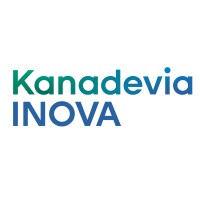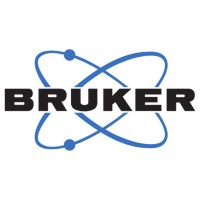About the Project
Lead, scale, and continuously reinvent an AI‑native engineering organisation by empowering a high‑leverage team of AI architects and engineers and automating repeatable engineering workflows with autonomous AI agents, that turns breakthrough ideas into resilient, production‑grade agentic AI systems across both client work and the company’s own product portfolio for global financial‑services institutions (banking, insurance, investment management) - spanning use‑cases customer support agents, internal productivity assistants, documents workflow automation and others - compounding revenue, IP leverage, and long‑term strategic advantage.
Objective & KPIs
Build a self‑sustaining AI‑native engineering function that delivers high‑quality, compliant, and reusable agentic solutions for FSI clients while maximising automation and team leverage.
KPIs:
Mean lead‑time from prototype commit to production 5 days.
- 50 % internal engineering workflows fully automated by autonomous AI agents (baseline FY‑2025 audit).
- 75 % code/component reuse across new projects.
Production model accuracy 90 %, latency < 5 s, Codacy grade upgraded from B A.
Maintain 0.375-0.5 FTE as billable hours allocation at the client’s projects
Areas of Responsibility
1. Talent & Capability Building
Hire, onboard, and retain A‑player AI Architects and AI engineers
Empower AI architects and engineers with clear decision rights, context, and AI‑native tooling so they can execute autonomously and at speed.
Implement a skills‑matrix and personalised growth plans; coach next‑generation tech leads.
Make decisions on promotion based on performance reviews anchored in objective contribution metrics.
Promote a culture of continuous learning (regular "Agentic AI dojo", conference sponsorships, internal certifications).
Provide technical oversight through senior AI Architects across all client engagements; sign off on architecture and go‑live readiness while mentoring them to own delivery.
Staff projects with the right talent mix; optimise utilisation of core team members
2. Engineering Excellence & AI‑Native Quality
Update, automate, and collect AI engineering health indicators - including solution accuracy, latency, model drift, cost efficiency, and code quality - via a fully instrumented MLOps telemetry stack (CI/CD, feature store, observability, drift alerts).
Establish and iterate the AI‑native SDLC: LLM‑assisted coding & test generation, agentic design patterns, self‑healing pipelines, prompt‑ops, red‑teaming, security & compliance
Orchestrate autonomous AI agents to automate internal engineering and business routines such as environment provisioning, compliance evidence capture, cost optimisation, and status reporting.
Maintain reference architectures and reusable component libraries; achieve 75% code reuse across all new work.
Convert learnings from services projects into IP that reduces future build effort by > 40 %.
Own the design, packaging, and optimisation of Neurons Lab solutions
Skills
AI‑native software engineering & agentic architectures
MLOps automation and observability
Large‑scale AWS (SageMaker, Bedrock, EKS) optimisation
Regulatory & security compliance for FSI
Organisational design and talent development
KPI‑driven process improvement
Strategic thinking & systems‑level problem‑solving
Knowledge
Core‑banking, insurance, and asset‑management data flows & systems
LLM orchestration patterns and prompt engineering best practices
Foundations of traditional machine learning and ML models training from scratch
Financial‑services regulatory frameworks
AWS Marketplace packaging and Advanced‑Tier Partner requirements
Code‑quality measurement (e.g., Codacy) and secure SDLC principles
Experience
Led AI/ML engineering teams 15 50 + in FSI domain while maintaining velocity
Delivered production agentic AI systems with 90 % accuracy & < 5 s latency
Deployed autonomous AI agents that automated 40 % of engineering/business processes
Established, maintained and improved engineering standards and quality measures








